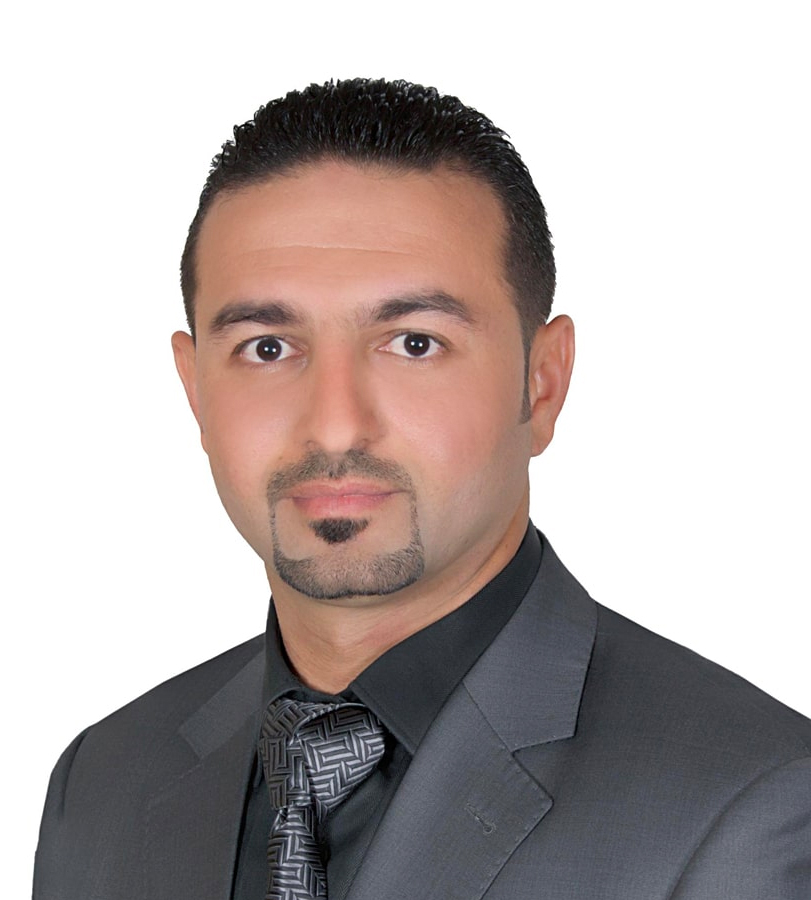
Overview
Dr. Hamzah Alkhazaleh is an esteemed Assistant Professor within the College of Engineering and Information Technology at the University of Dubai. With over a decade of dedicated experience in academia and research, Dr. Alkhazaleh stands as a distinguished scholar in the field.
He earned his Ph.D. in Computer Science, specializing in Artificial Intelligence, from the prestigious National University of Malaysia in 2016. Prior to this, he obtained his M.Sc. in Information Technology from the Northern University of Malaysia and his B.Sc. in Management Information Systems from Al Albyte University, Jordan.
Dr. Alkhazaleh's scholarly pursuits have consistently revolved around the dynamic intersection of Artificial Intelligence and Operations Research. His primary focus lies in computational optimization algorithms, encompassing a wide array of real-world applications. These applications span both single and multi-objective continuous and combinatorial optimization problems, including timetabling, scheduling, routing, nurse rostering, dynamic optimization, and data mining problems such as feature selection, clustering, classification, and time-series prediction. Additionally, his expertise extends to the vital domain of intrusion detection.
His contributions to the academic world are evident through a substantial body of work, with numerous publications featured in renowned international journals and peer-reviewed conferences. Beyond his research, Dr. Alkhazaleh has actively participated in the academic community, serving as a valuable member of program committees for various international conferences and as a diligent reviewer for esteemed journals.
He earned his Ph.D. in Computer Science, specializing in Artificial Intelligence, from the prestigious National University of Malaysia in 2016. Prior to this, he obtained his M.Sc. in Information Technology from the Northern University of Malaysia and his B.Sc. in Management Information Systems from Al Albyte University, Jordan.
Dr. Alkhazaleh's scholarly pursuits have consistently revolved around the dynamic intersection of Artificial Intelligence and Operations Research. His primary focus lies in computational optimization algorithms, encompassing a wide array of real-world applications. These applications span both single and multi-objective continuous and combinatorial optimization problems, including timetabling, scheduling, routing, nurse rostering, dynamic optimization, and data mining problems such as feature selection, clustering, classification, and time-series prediction. Additionally, his expertise extends to the vital domain of intrusion detection.
His contributions to the academic world are evident through a substantial body of work, with numerous publications featured in renowned international journals and peer-reviewed conferences. Beyond his research, Dr. Alkhazaleh has actively participated in the academic community, serving as a valuable member of program committees for various international conferences and as a diligent reviewer for esteemed journals.
Research
Publications:
- H. Sabzalian, F. Kharajinezhadian, A. Tajally, R. Reihanisaransari, H. A. Alkhazaleh, and D. O. Bokov, “New bidirectional recurrent neural network optimized by improved Ebola search optimization algorithm for lung cancer diagnosis,” Biomedical Signal Processing and Control, vol. 84, p. 104965, Jul. 2023, doi: 10.1016/j.bspc.2023.104965.
- Ghadimi, E. Yasoubi, E. Akbari, M. H. Sabzalian, H. A. Alkhazaleh, and M. Ghadamyari, “SqueezeNet for the forecasting of the energy demand using a combined version of the sewing training-based optimization algorithm,” Heliyon, vol. 9, no. 6, p. e16827, Jun. 2023, doi: 10.1016/j.heliyon.2023.e16827.
- Sengan, V. Subramaniyaswamy, L. Ravi, A. AlHamad, H. A. Alkhazaleh, and M. Alharbi, “Fake news detection using stance extracted multimodal Fusion-Based hybrid neural network,” IEEE Transactions on Computational Social Systems, pp. 1–12, Jan. 2023, doi: 10.1109/tcss.2023.3269087.
- H. Bashkandi, K. Sadoughi, F. Aflaki, H. A. Alkhazaleh, H. Mohammadi, and G. Jimenez, “Combination of political optimizer, particle swarm optimizer, and convolutional neural network for brain tumor detection,” Biomedical Signal Processing and Control, vol. 81, p. 104434, Mar. 2023, doi: 10.1016/j.bspc.2022.104434.
- Alqudah, R. Razali, M. K. Alqudah, M. N. A. Dalaien, H. Alabool, and H. A. Alkhazaleh, “A grounded theory of selecting lean and agile practices for software development,” Journal of Software, Feb. 2023, doi: 10.1002/smr.2539.
- A. Alkhazaleh, N. Nahi, M. H. Hashemian, Z. Nazem, W. D. Shamsi, and M. L. Nehdi, “Prediction of Thermal Energy Demand Using Fuzzy-Based Models Synthesized with Metaheuristic Algorithms,” Sustainability, vol. 14, no. 21, p. 14385, Nov. 2022, doi: 10.3390/su142114385.
- Mahajan, L. Abualigah, A. K. Pandit, M. R. A. Nasar, H. A. Alkhazaleh, and M. Altalhi, “Fusion of modern meta-heuristic optimization methods using arithmetic optimization algorithm for global optimization tasks,” Soft Computing, vol. 26, no. 14, pp. 6749–6763, Apr. 2022, doi: 10.1007/s00500-022-07079-8.
- Alkhatib, H. Khazaleh, H. A. Alkhazaleh, A. R. Alsoud, and L. Abualigah, “A new stock price forecasting method using active deep learning approach,” Journal of Open Innovation, vol. 8, no. 2, p. 96, Jun. 2022, doi: 10.3390/joitmc8020096.
- Mehbodniya et al., “Multilayer reversible data hiding based on the difference expansion method using multilevel thresholding of host images based on the Slime Mould algorithm,” Processes, vol. 10, no. 5, p. 858, Apr. 2022, doi: 10.3390/pr10050858.
 Apply Now
Apply Now 


